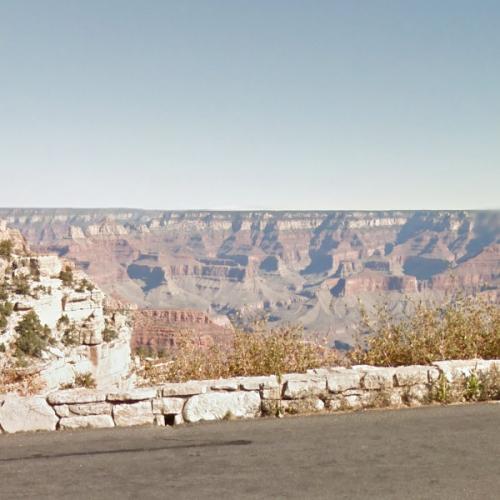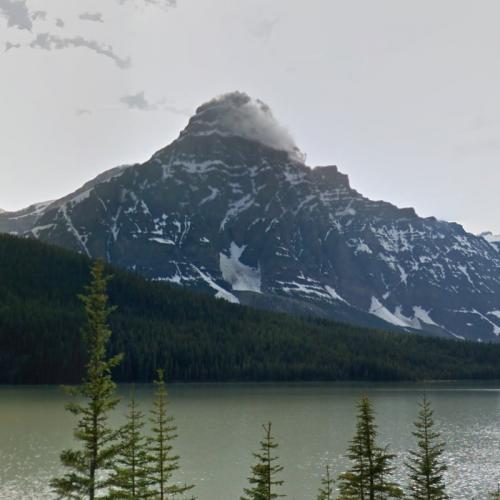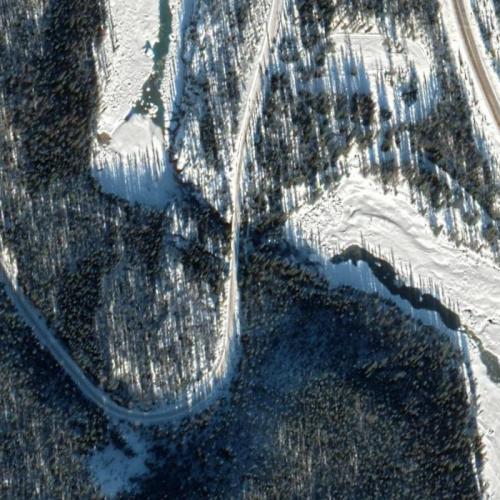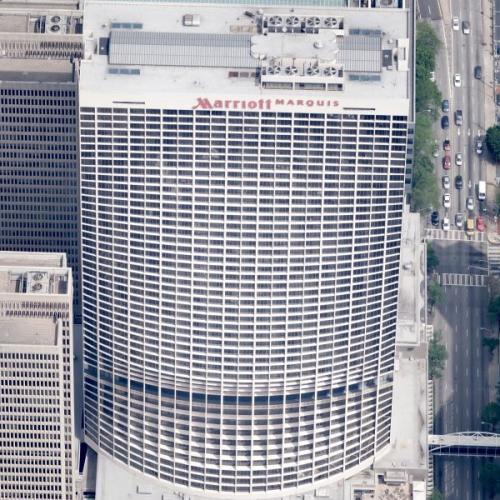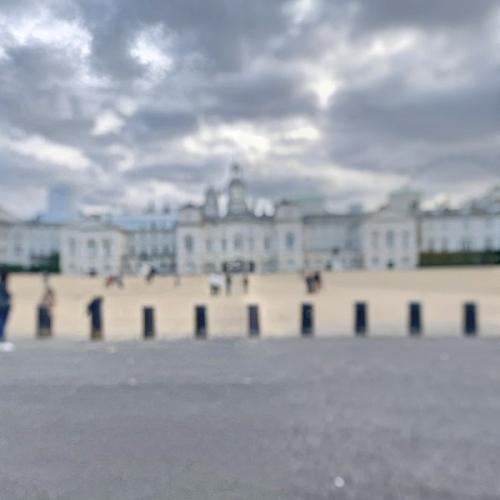It’s July and if you’re not at the beach, you probably want to be. So, let’s take a look at some of the most amazing beaches in the world, and at least for a moment, pretend to be in paradise.
Grand Baie, Mauritius
Grand Baie on the northern side of the small island country of Mauritius, is definitely one of the most beautiful beaches in the world. The white sand, peaceful beaches, and perfect climate make it a top destination. And there are wonderful hotels, villas, and resorts that cater to every level of guest. It has an active nightlife, wonderful art and shopping scene, and overall wonderful atmosphere for whoever is lucky enough to visit this tiny paradise off the coast of Africa.
Rasdhoo, Maldives
The Maldives are made up of more than 1,000 small islands in the Indian Ocean, off the coast of India and Sri Lanka. Most of the islands are uninhabited, but about 200, including Rasdhoo, have been settled. The remote island relishes its reputation as being removed from the hustle of the world, instead focusing on the natural beauty of the island.
Because it is part of an atoll, the water is calm and a beautiful emerald green color that one will never forget. The friendly and helpful demeanor of the local residents will make this visit one to remember for a lifetime!
Marigot Bay, St. Lucia
Marigot Bay in St. Lucia seems like a hidden gem, tucked in between steep, tree-covered hills. Described by author James Michener as “the most beautiful bay in the Caribbean”, the bay is a must-see for anyone considering a beach vacation. White sandy beaches surrounded by lush hills, with a serene bay protected from the waves, it is a perfect place to visit.
The island may have been visited by Columbus, but it was inhabited long before Europeans came to the island. The island nation has much to offer visitors these days, including an amazing volcano where you can actually drive within a few hundred feet of the lava flow, zip lining, SCUBA diving, rain forest excursions, and more.
Railay Beach, Thailand
Like Marigot Bay, Railay Beach in Thailand is surrounded by mountainous cliffs. The mountains actually separate the island from the peninsula from the mainland, and provide an amazing vista for beachgoers. In fact, because of the high cliffs, visitors can only reach the secluded beach via boat. The cliffs also provide the most amazing natural cover for swimmers, who can swim into caves carved into the limestone.
The separated beach actually has a developed tourist industry, with shopping, dining, and even resort options. On one side of the beach, you can have a rustic experience complete with hiking, and on the other, fine dining, resort hotels, and shopping. This place has it all.
Ambergris Caye, Belize
Ambergris Caye is the largest island on Belize, and one of the most beautiful oceansides in the world. The blue ocean turns a bold teal as it gets closer to land. The beaches are a tropical paradise, the local culture is fun to experience, and the water activities are endless. Sunbathing, sailing, and swimming can keep you busy for days.
The Belize Barrier Reef, one of the longest reefs in the world, is just off the coast, and it is perfect for swimming, snorkeling, and SCUBA diving. Also off the coast is the Great Blue Hole, a sinkhole about 400 feet deep and 1,000 feet wide. The unique feature, listed as one of the ten most amazing places on earth, is a bucket-list destination for skilled divers.
Whitehaven Beach, Australia
Whitehaven Beach is regularly named the best beach in the world, and it’s no surprise why. Named after a town in England, Whitehaven is the perfect moniker for the beach, with its unique, soft, silica sand. Bright white, the sand retains no heat from the sun and is cool under foot on even the hottest of days.
It’s not just the sand that makes this beach one of the best in the world. It’s off the coast of the Great Barrier Reef, which has some of the best diving in the world. It’s also one of the most eco-friendly beaches, and has a great reputation for being clean, free from even tobacco pollution, as smoking is not allowed.
If you aren’t able to visit these beaches in person, you can simply imagine an oceanside paradise. Just close your eyes, imagine the warm sun, and listen to the sound of the waves washing up on shore.


















